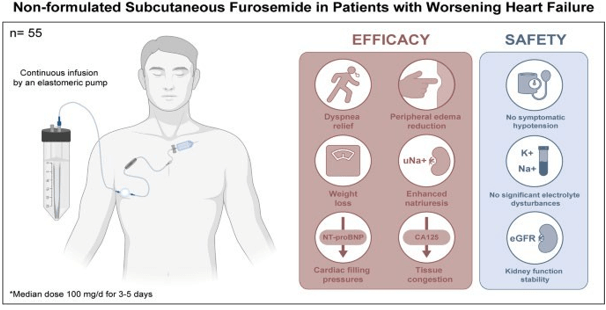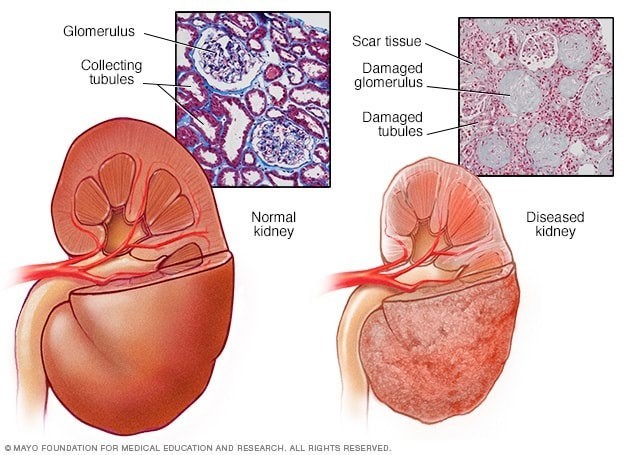A nurse is reinforcing teaching with new parents about car seat safety. Which of the following instructions should the nurse include?
Place the shoulder harnesses at the level of the infant's shoulders.
Position the car seat at a 90° angle.
Put a small cushion under the newborn's head for support.
D. Keep the airbag on if the car seat is in the front seat.
The Correct Answer is A
The shoulder harnesses of the car seat should be positioned at or slightly below the level of the infant's shoulders. This helps secure the infant properly in the car seat and provides appropriate protection in the event of a crash.
Car seats for infants should not be positioned at a 90° angle. Instead, they should be installed at a reclined angle, as recommended by the car seat manufacturer. The specific recline angle can vary depending on the car seat model and the age of the child.
Additional cushions or support devices should not be placed in the car seat unless specifically recommended by the car seat manufacturer. Extra padding or cushions can interfere with the proper fit of the harness and compromise the safety of the infant.
It is not safe to have an infant's car seat in the front seat if there is an active airbag. The safest place for an infant's car seat is in the rear seat, preferably in the middle position. If the car does not have a rear seat, it is important to disable the airbag if the car seat must be placed in the front seat.
Nursing Test Bank
Naxlex Comprehensive Predictor Exams
Related Questions
Correct Answer is B
Explanation
b. Increased urinary output.
Furosemide is a diuretic medication that helps remove excess fluid from the body by increasing urine production and output. In a client with heart failure, one of the indicators that the medication is effective is an increase in urinary output. This can help reduce fluid buildup in the body, which can improve symptoms of heart failure.

Correct Answer is A
Explanation
As a nurse, it is important to respect the client's autonomy and right to make decisions about their own care. The decision to stop dialysis treatment is a personal one and should be respected by the healthcare team. The nurse should support the client's decision and provide information and resources to help the client manage symptoms and maintain comfort during the end-of-life process. It is not appropriate for the nurse to suggest that the client discuss the decision with her family or discuss alternative treatment methods, as these decisions should be made by the client in conjunction with their healthcare provider. It may be appropriate to offer spiritual or emotional support to the client, but this should be based on the client's preferences and not imposed upon them by the healthcare team.

Whether you are a student looking to ace your exams or a practicing nurse seeking to enhance your expertise , our nursing education contents will empower you with the confidence and competence to make a difference in the lives of patients and become a respected leader in the healthcare field.
Visit Naxlex, invest in your future and unlock endless possibilities with our unparalleled nursing education contents today
Report Wrong Answer on the Current Question
Do you disagree with the answer? If yes, what is your expected answer? Explain.
Kindly be descriptive with the issue you are facing.
